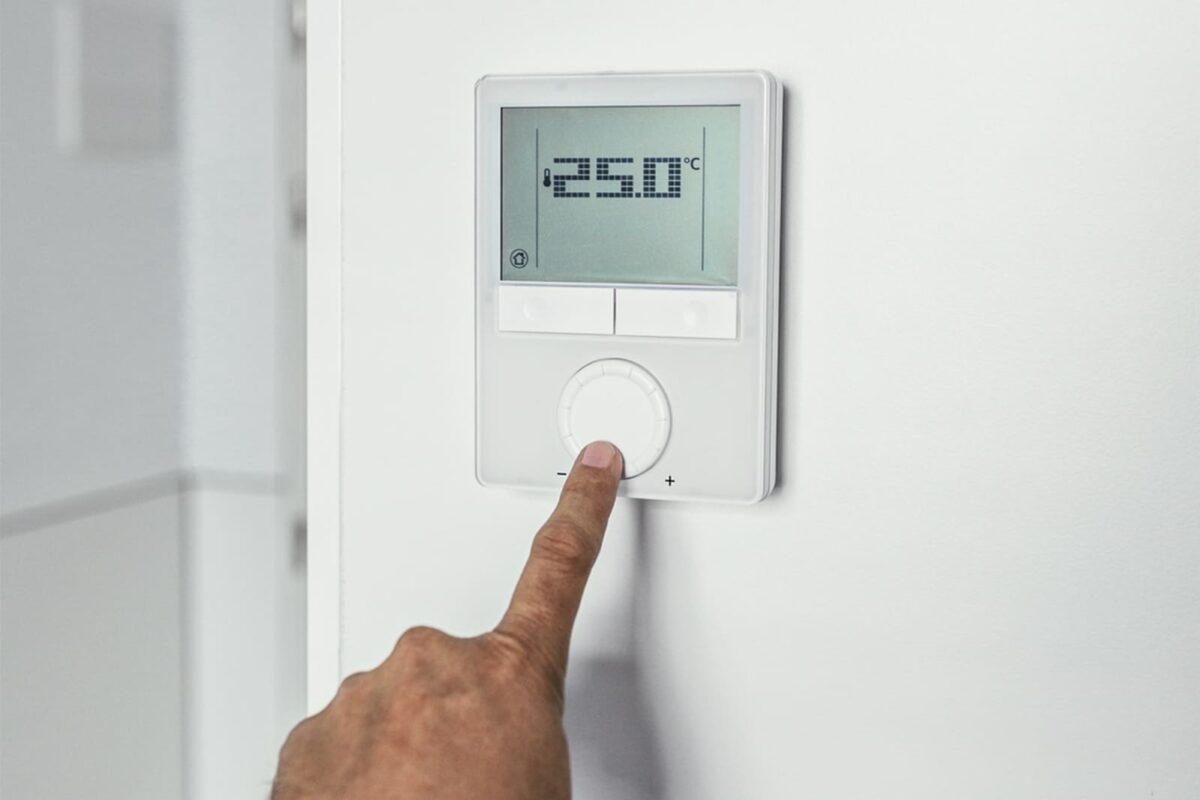The promise of automation has always been that machines can take over the work we do as humans. While we are not quite at the sci-fi stage of autonomous buildings, many Heating, Ventilation and Air Conditioning (HVAC) systems now integrate a sophisticated Building Management System (BMS). These systems can take care of a range of tasks. They can stop and start various pieces of plant on a schedule, including fans, pumps, chillers, and boilers. They can run a holiday and after-hours schedule that minimises energy use. They can control room, air and water temperature, and monitor carbon monoxide and carbon dioxide levels. They can even handle alarms and report plant faults.
It sounds fantastic in principle. Much of this control happens out of sight and out of mind, inside the inaccessible black box of the system’s software. Once it’s set, there’s no further need for a human to operate or manage it. Or is there?
Building occupancy is a very human thing. There are subjective factors, judgement calls and things that only a human will notice. A BMS can perform an array of tasks, yes, but the often-binary nature of those tasks leaves no room for the grey areas people tend to create.
For example, a BMS can be scheduled to shut plant down outside of work hours and for holidays. But can it easily be brought back online when someone chooses to work through the weekend to meet a deadline?
A closed system cannot respond to complaints from an occupant or building user. It simply maintains what it is programmed to maintain, even if that is not currently working for whoever is in the building. The system may be optimised, but is what is optimal the same for every building user? And if a fault occurs, can a system know who to contact and how to explain what has happened?
A BMS can also monitor various inputs but can’t necessarily judge whether action needs to be taken. What does it do if energy usage is high? How does it know if a building is holistically healthy? Can it really know what Indoor Air Quality (IAQ) is like at any given time?
Until AI makes some significant leaps, we are still working with systems that need human input. Ideally, a BMS is set up with its users in mind, such as a Facility or Building Manager responsible for its day-to-day operations.
It is a common trap to design systems that engineers can set up for other engineers, but which aren’t user friendly for anyone else. Not everyone can work with a complex backend that requires technical knowledge. That is why the best BMS setups have a simple and responsive graphical user interface (GUI) that’s easy for a Facility Manager to interpret and operate.
After all, a Facility or Building Manager is often the eyes and ears of a system and can make decisions and judgement calls. They can listen to any tenant complaints, liaise with technicians and engineers to identify, and solve problems within the building. They play a vital role in connecting the BMS and HVAC equipment to the end users – providing a sort of feedback loop.
As engineers, we can get excited about technology and its potential to deliver better building performance. But studies in Australia show a good Facility Manager can improve a building’s performance by 0.5 to 1 Star under the NABERS Energy rating system. This is tangible proof that buildings need proactive (and human) management, at least until the robots really take over.
At Jackson’s, we have undertaken more work with Building Management Systems than any other New Zealand consultants. Because we understand the need for human engagement with the system, we take full responsibility for providing detailed functional descriptions of what each item of plant does and how it interacts with the BMS. We always choose systems with a user-friendly graphical interface. And we provide technician and Facility Manager training so that the key people on site know how systems should operate and how to optimise them.
It comes down to experience, ultimately, and a holistic view of plant design and operation. We understand that there is always an end user who needs to feel confident and comfortable. We provide them with the technical expertise they require to do their job and look like stars.
